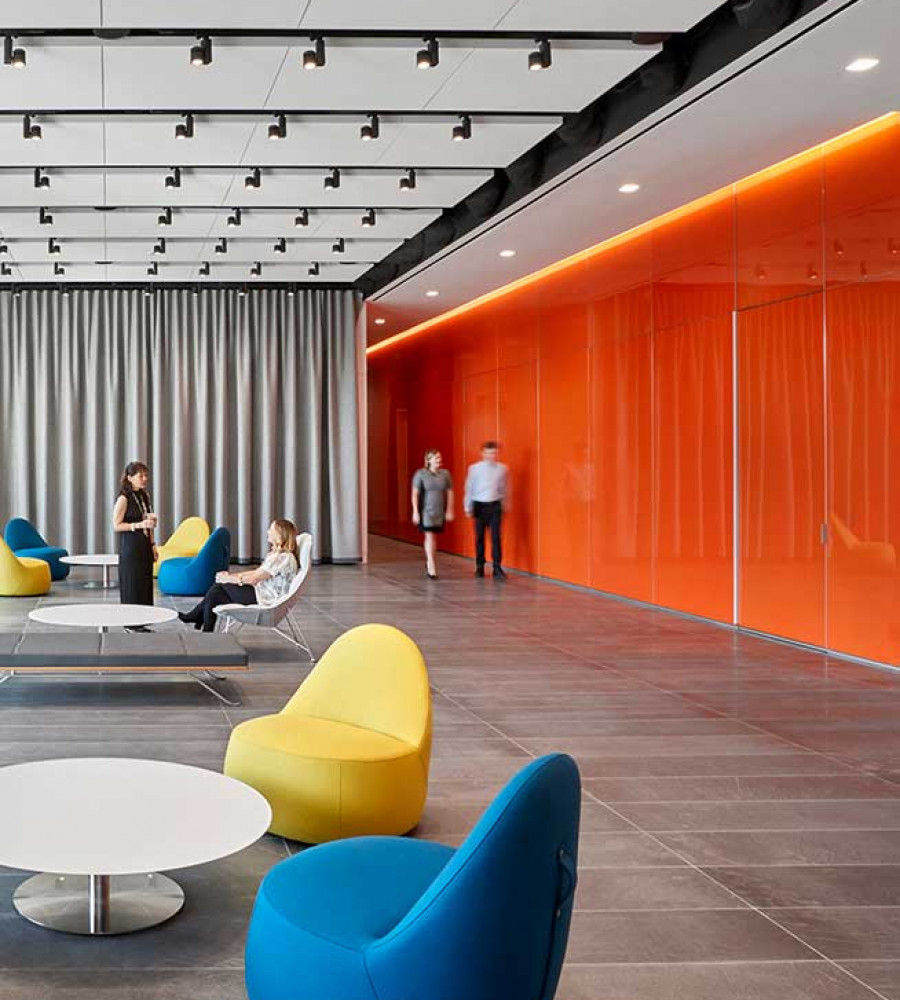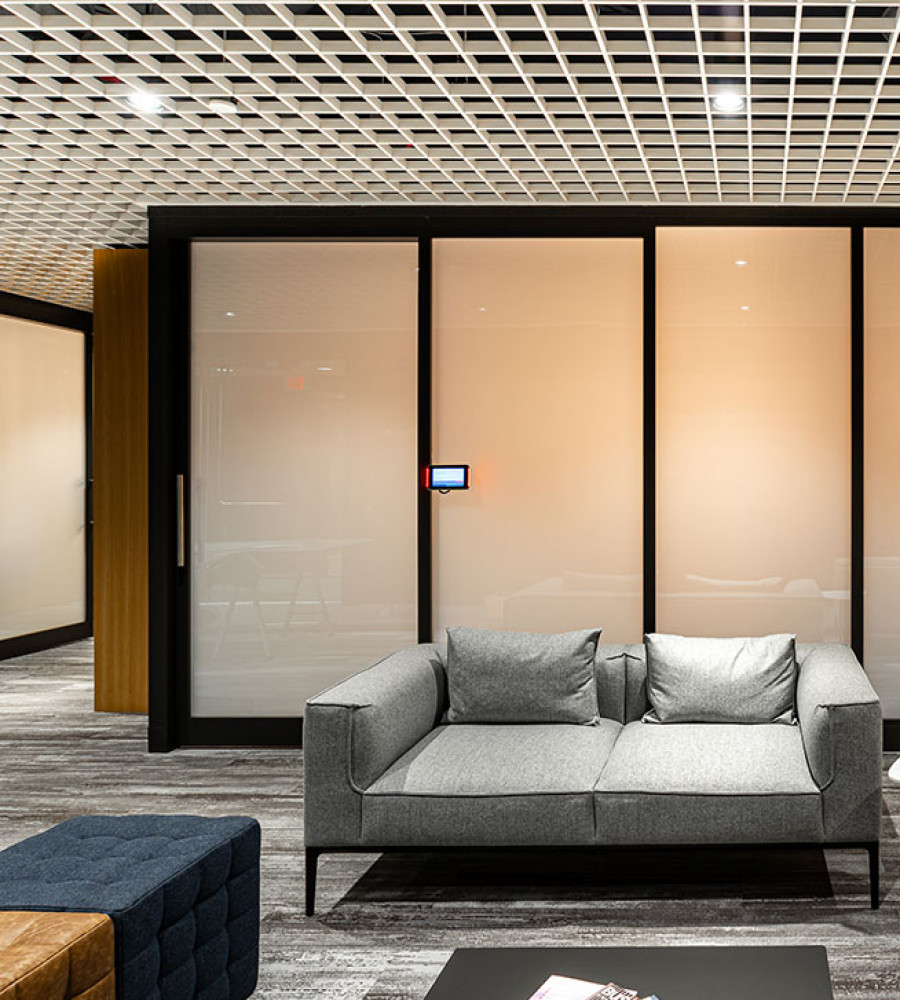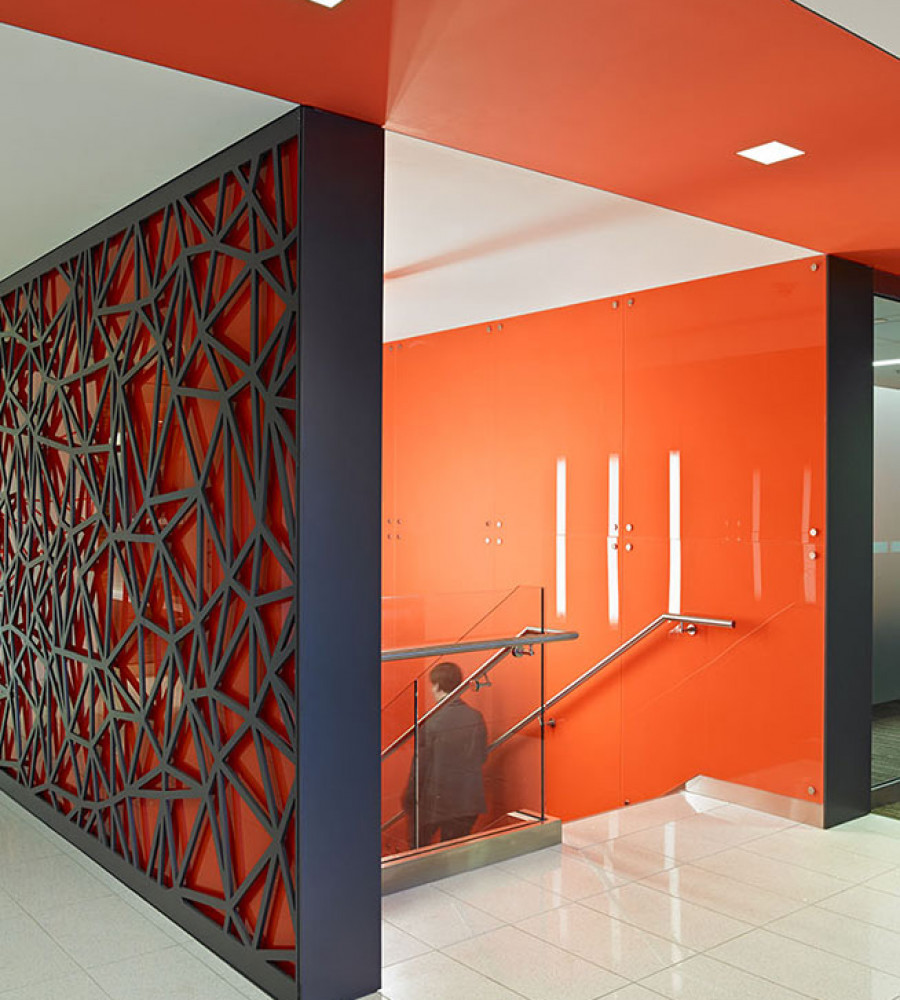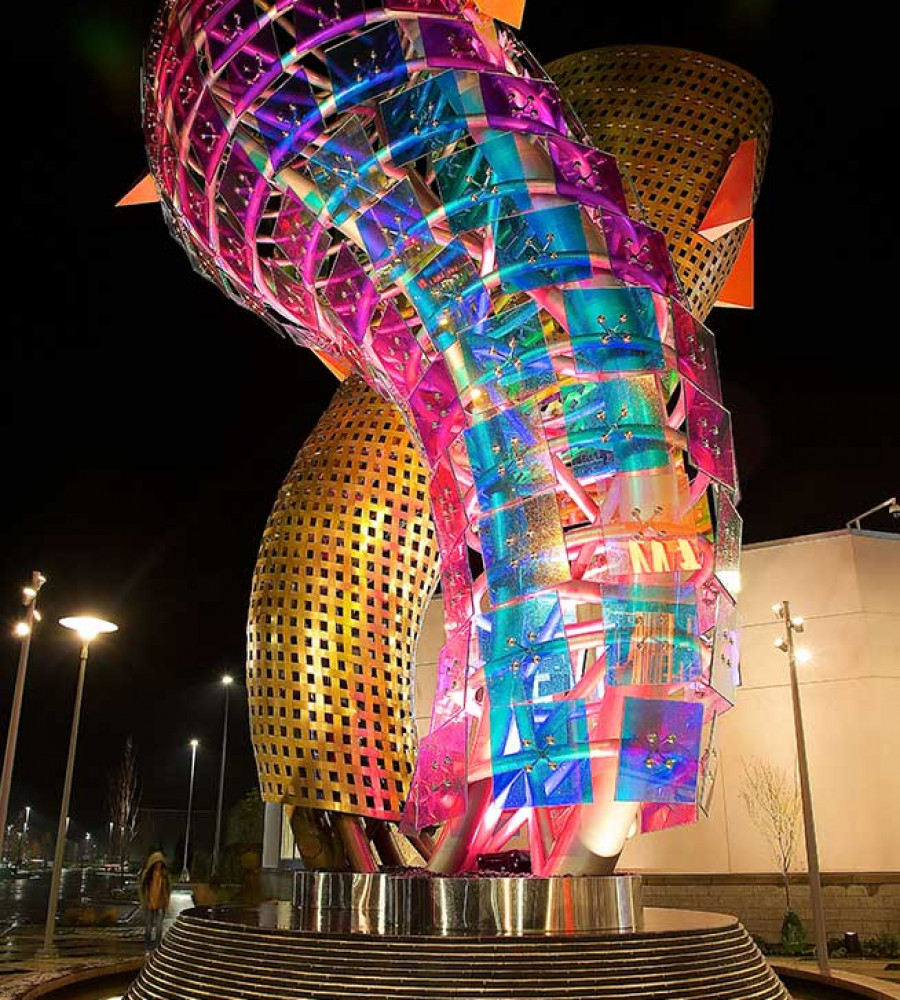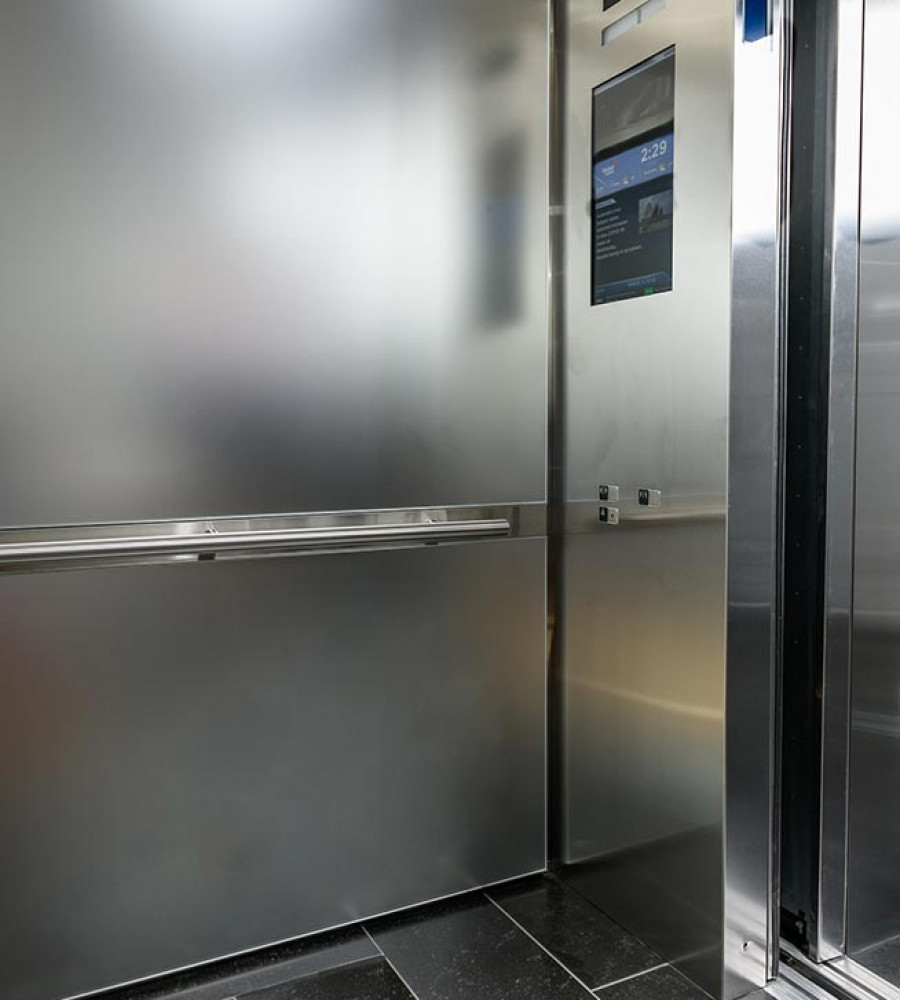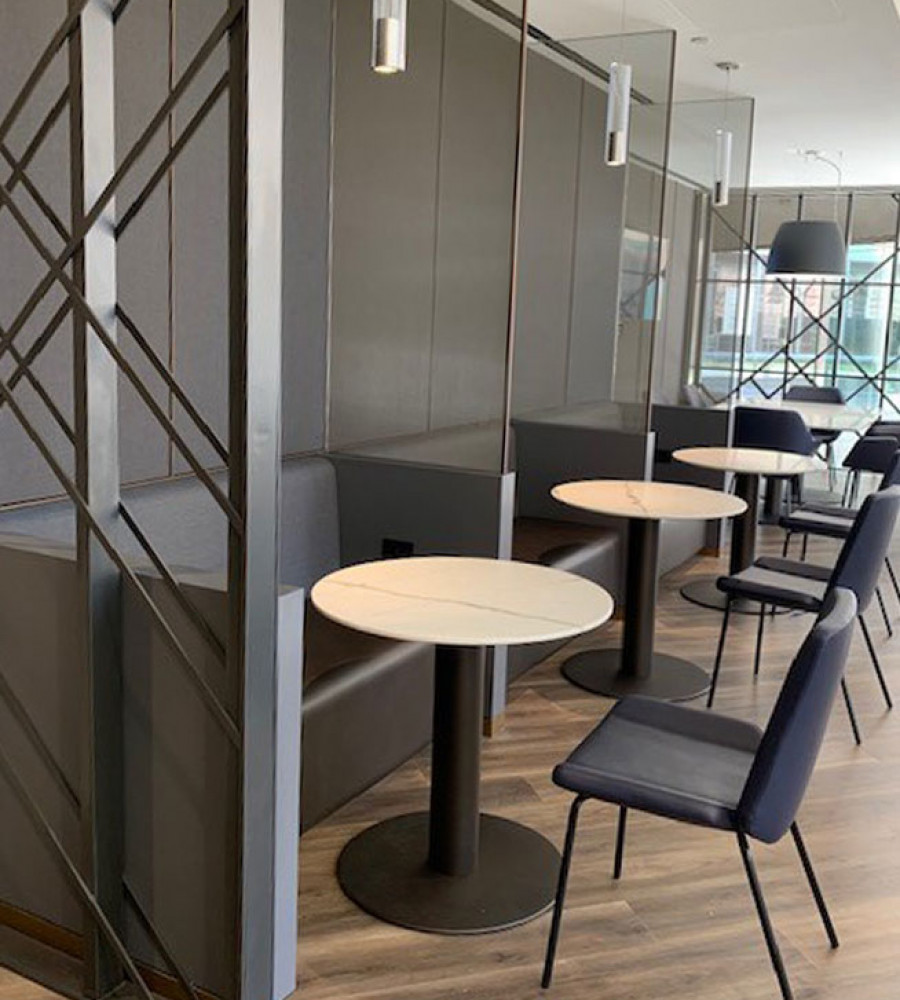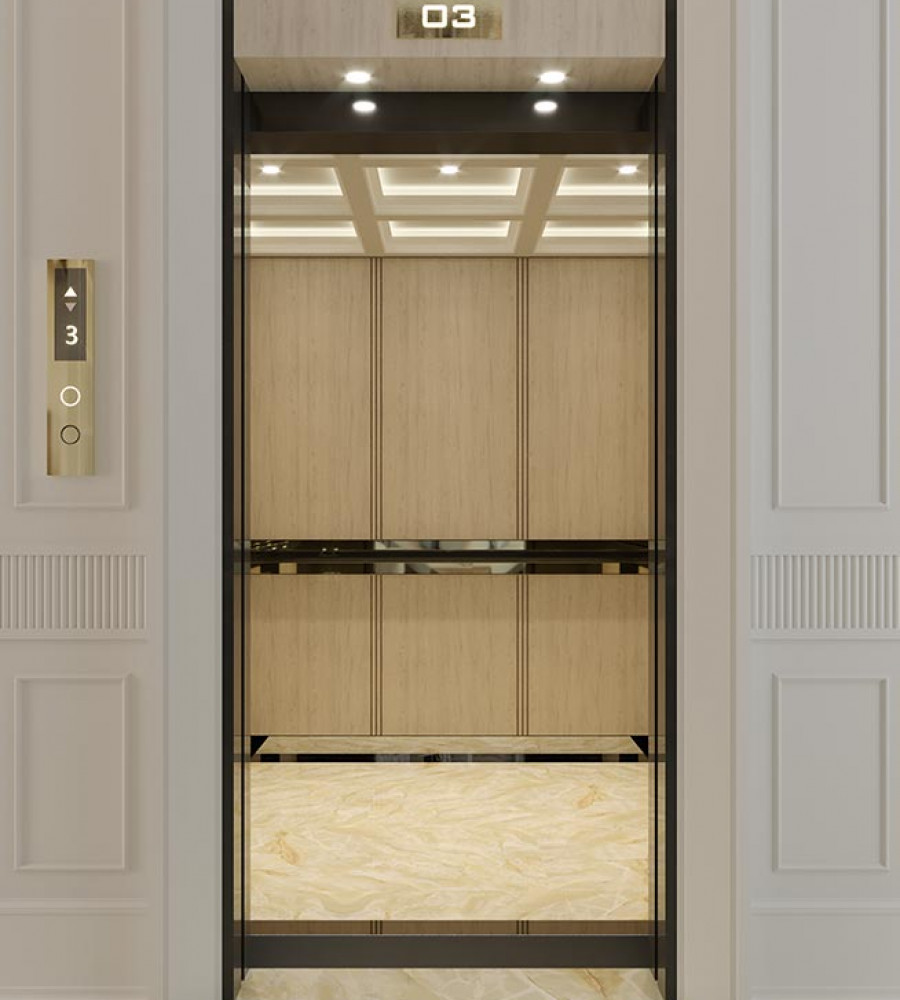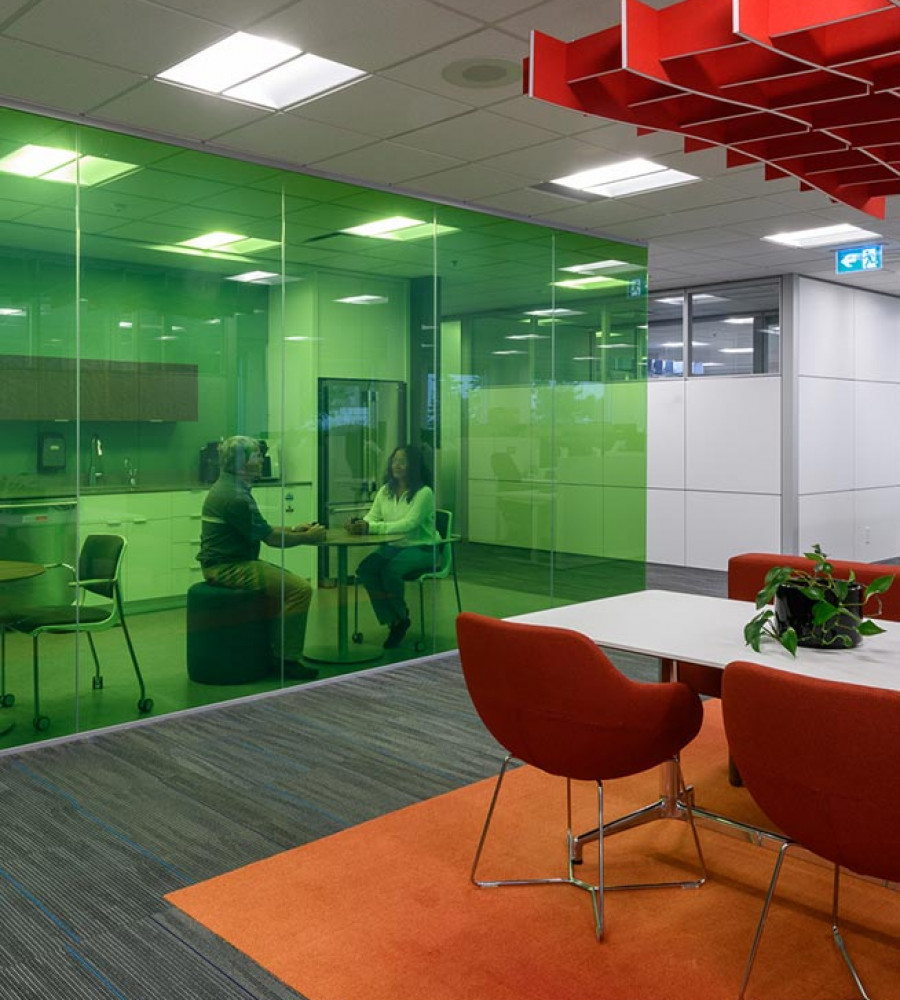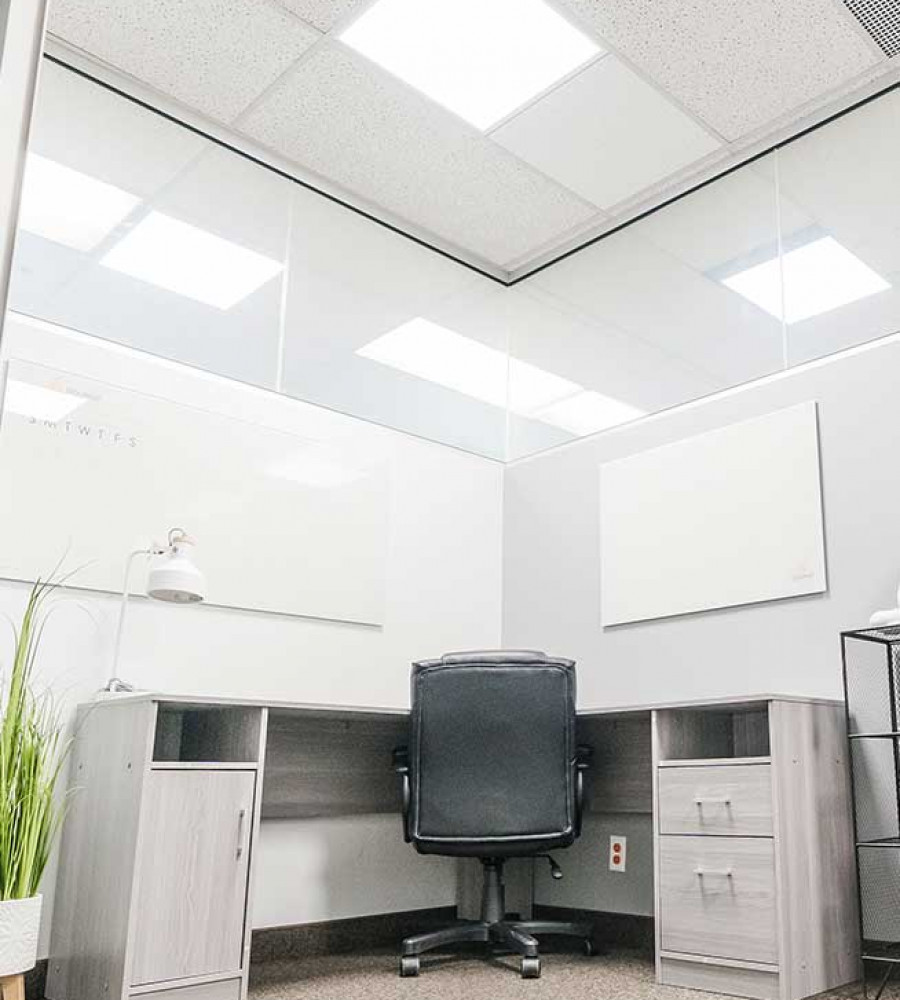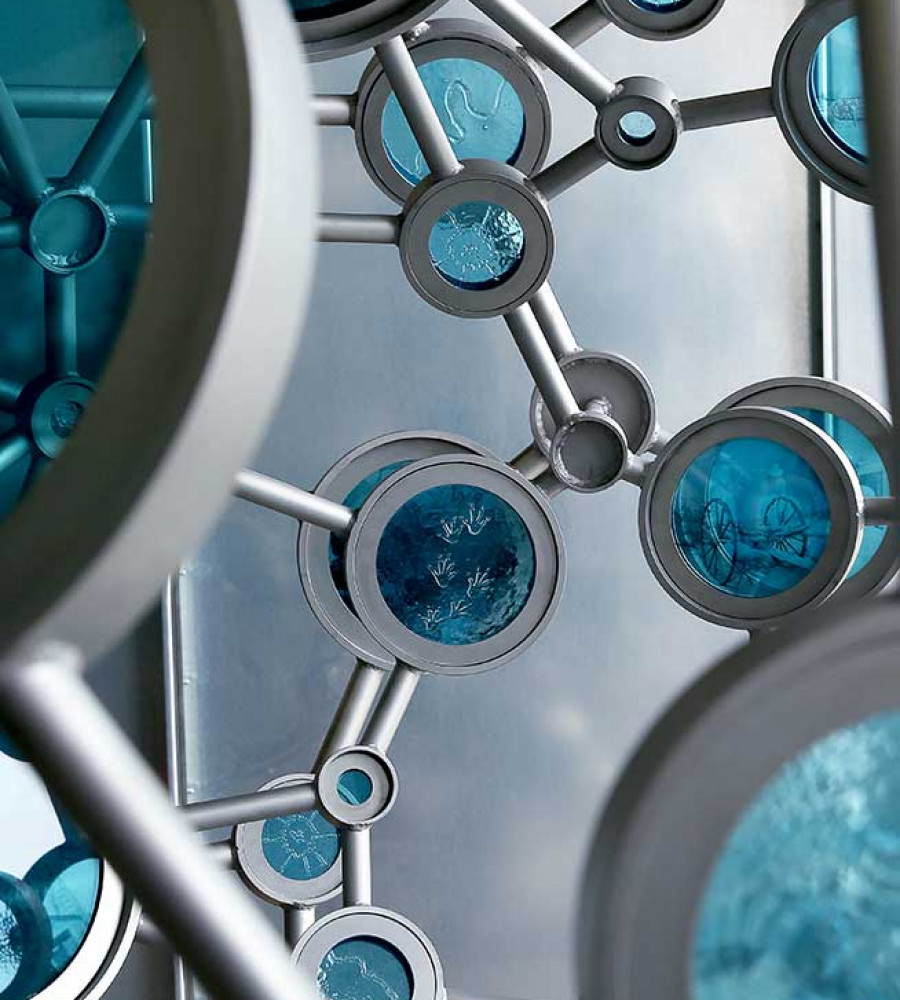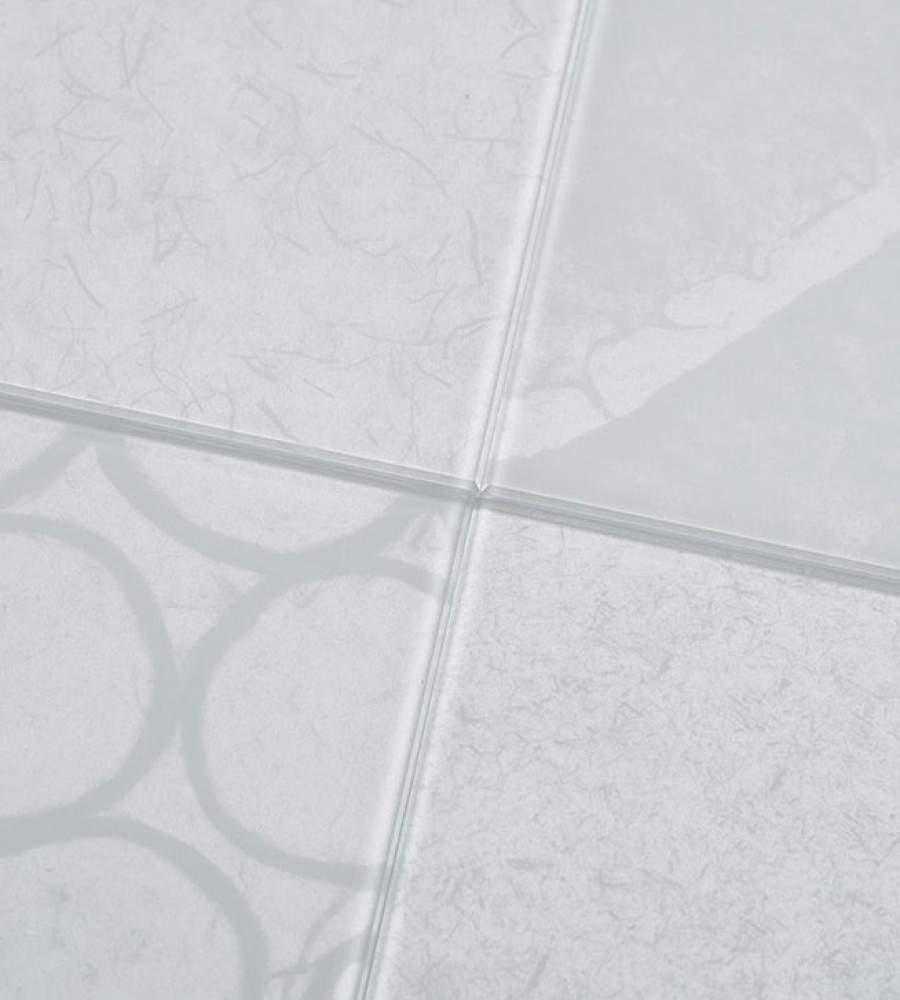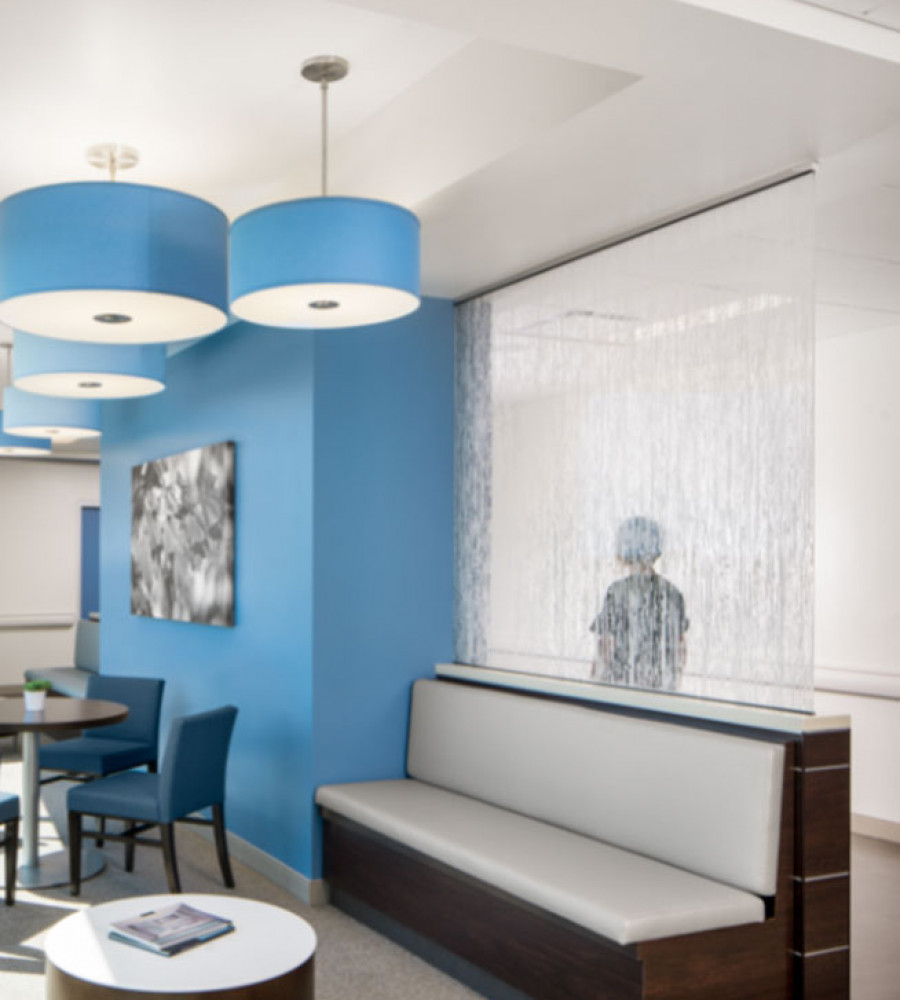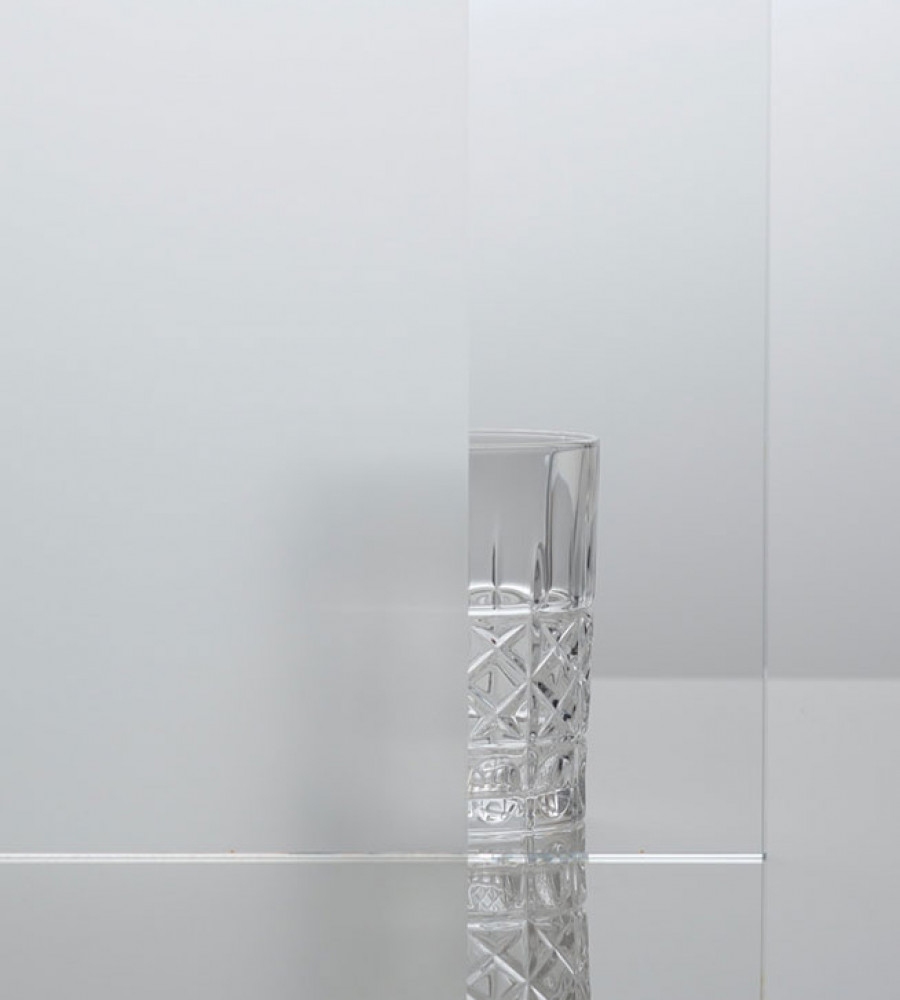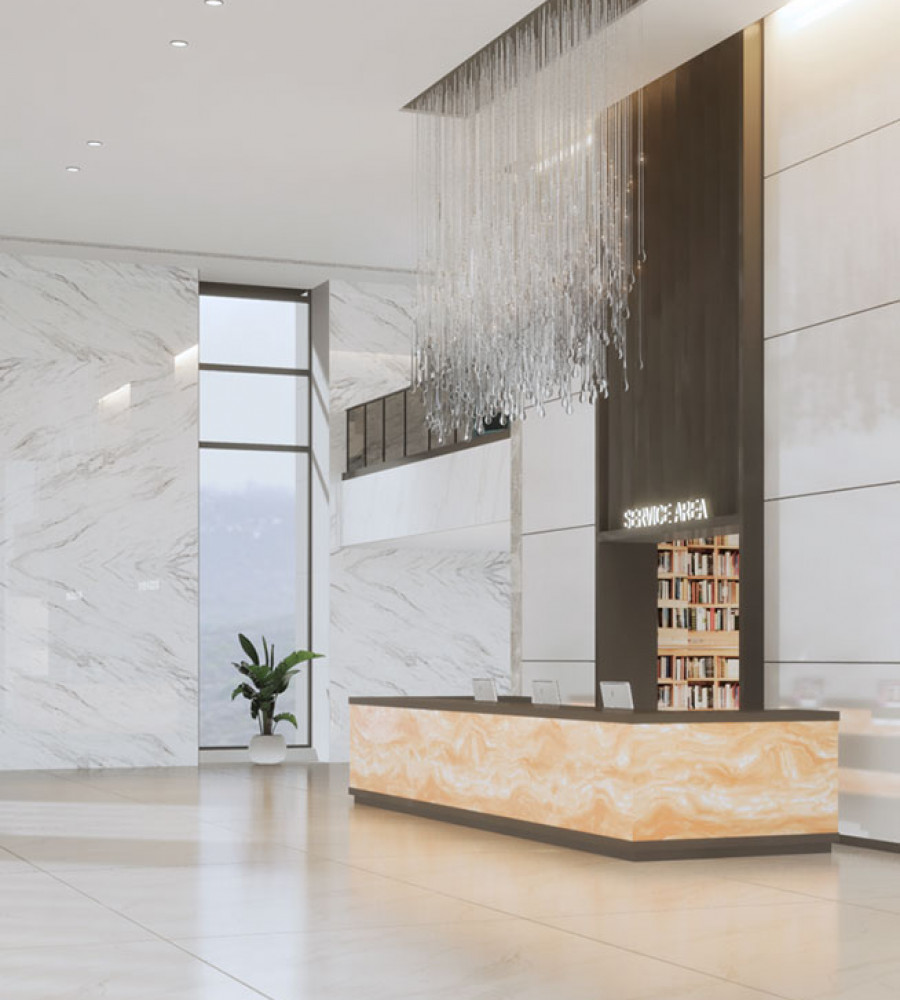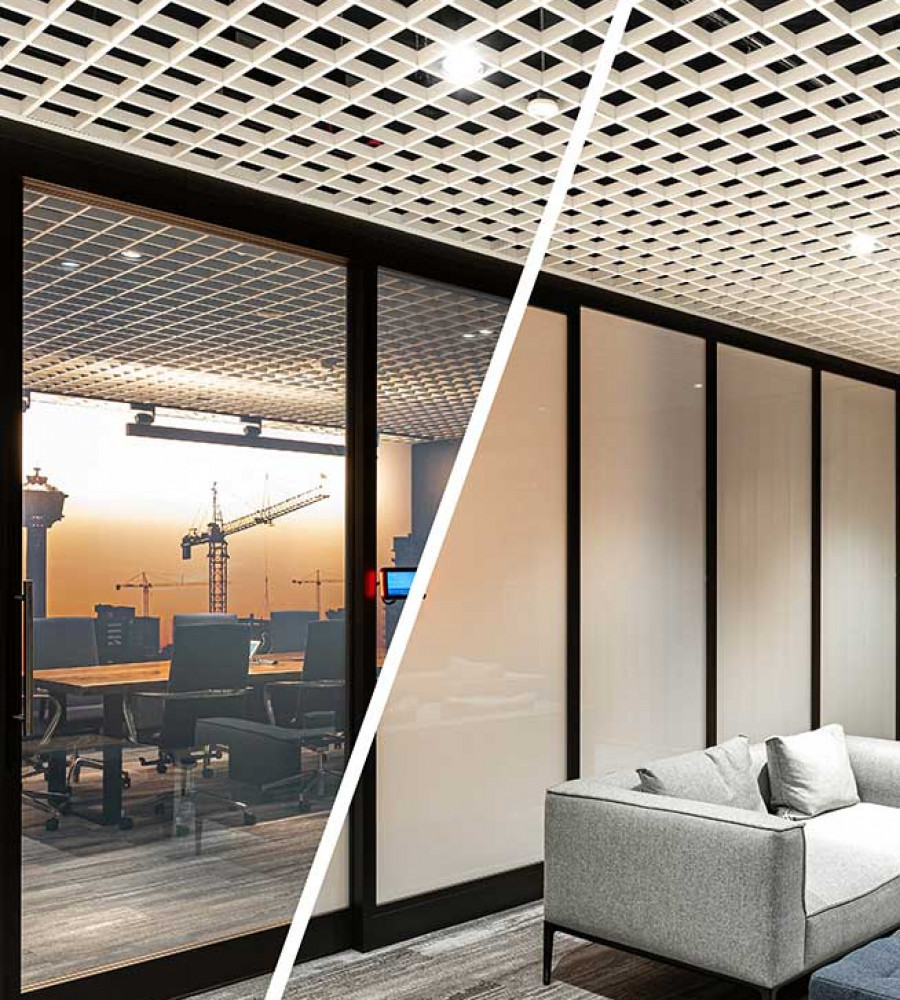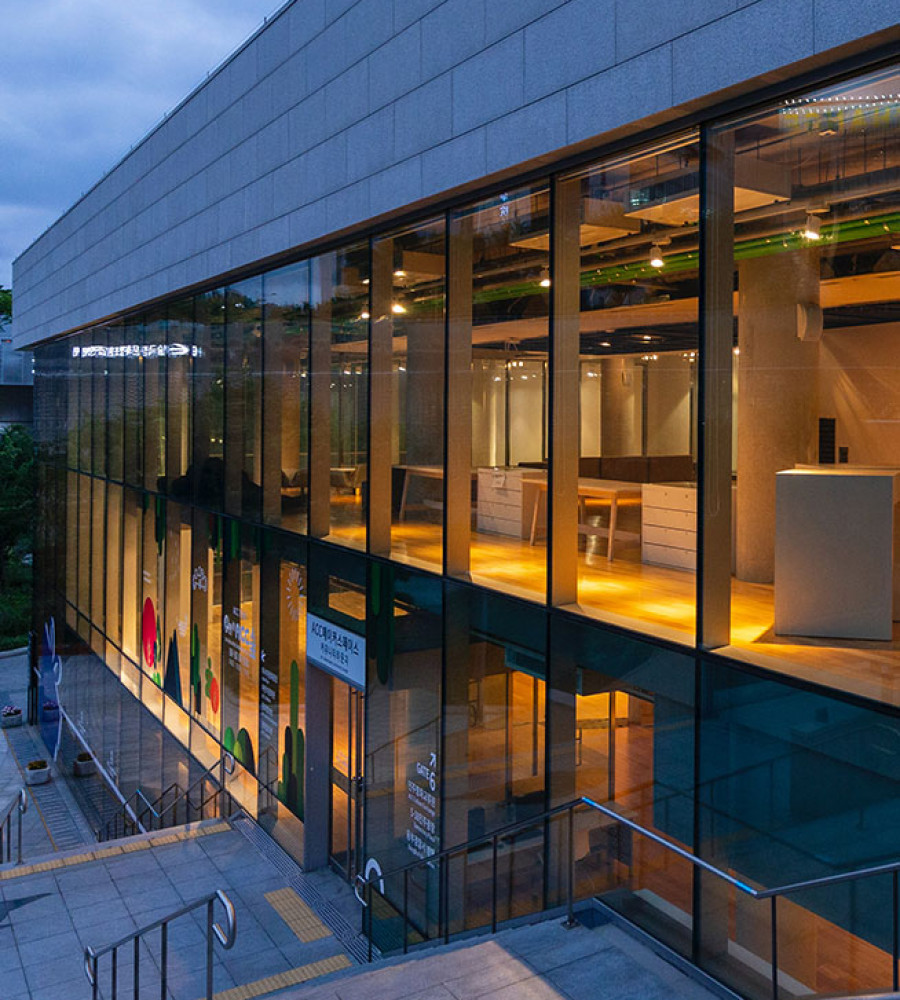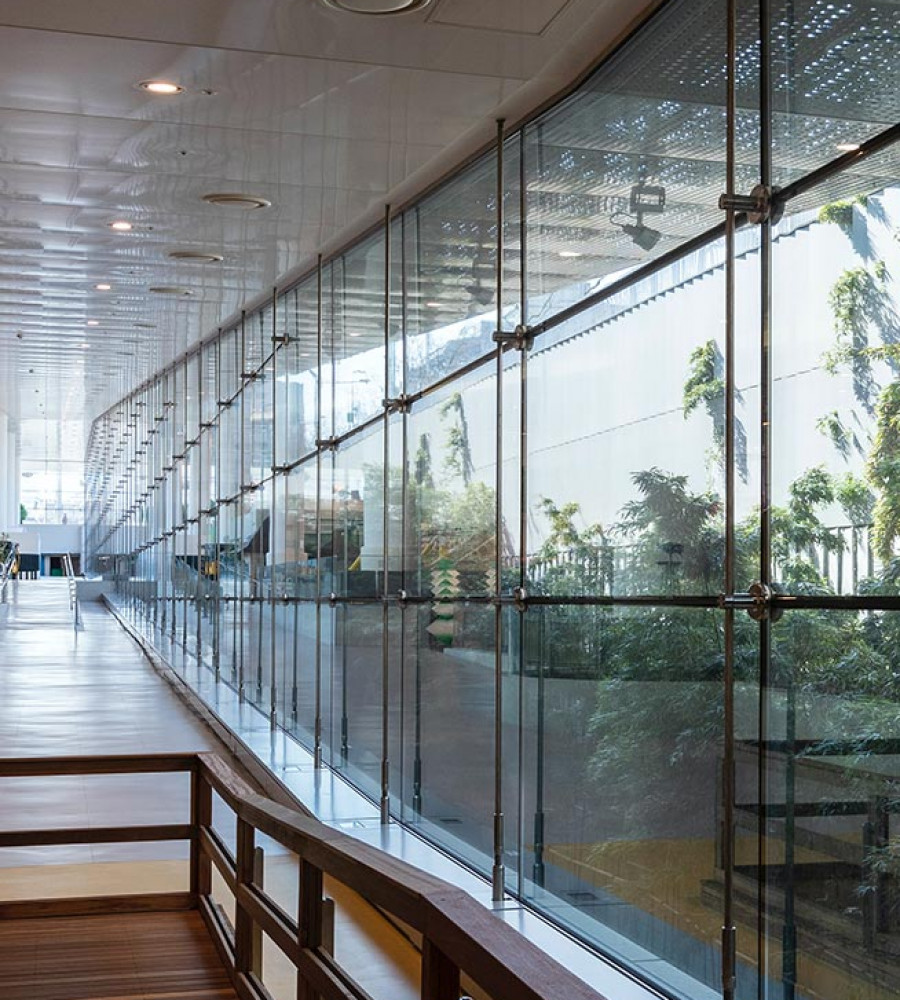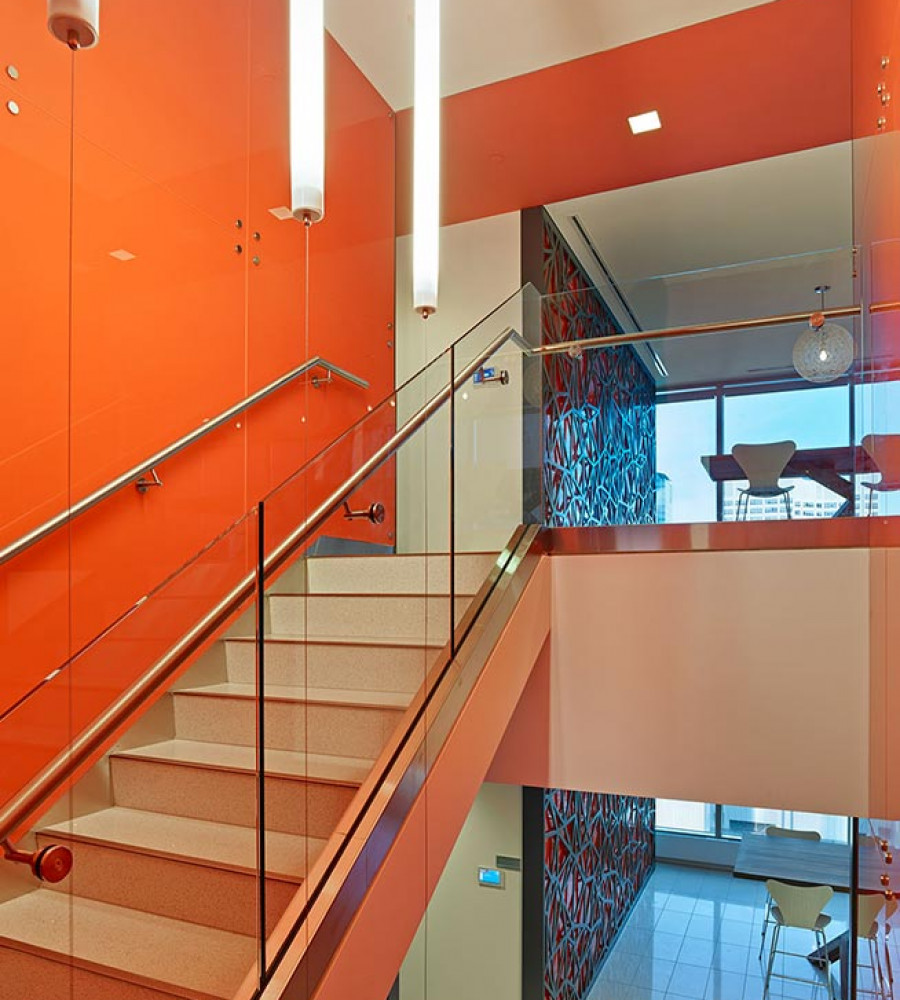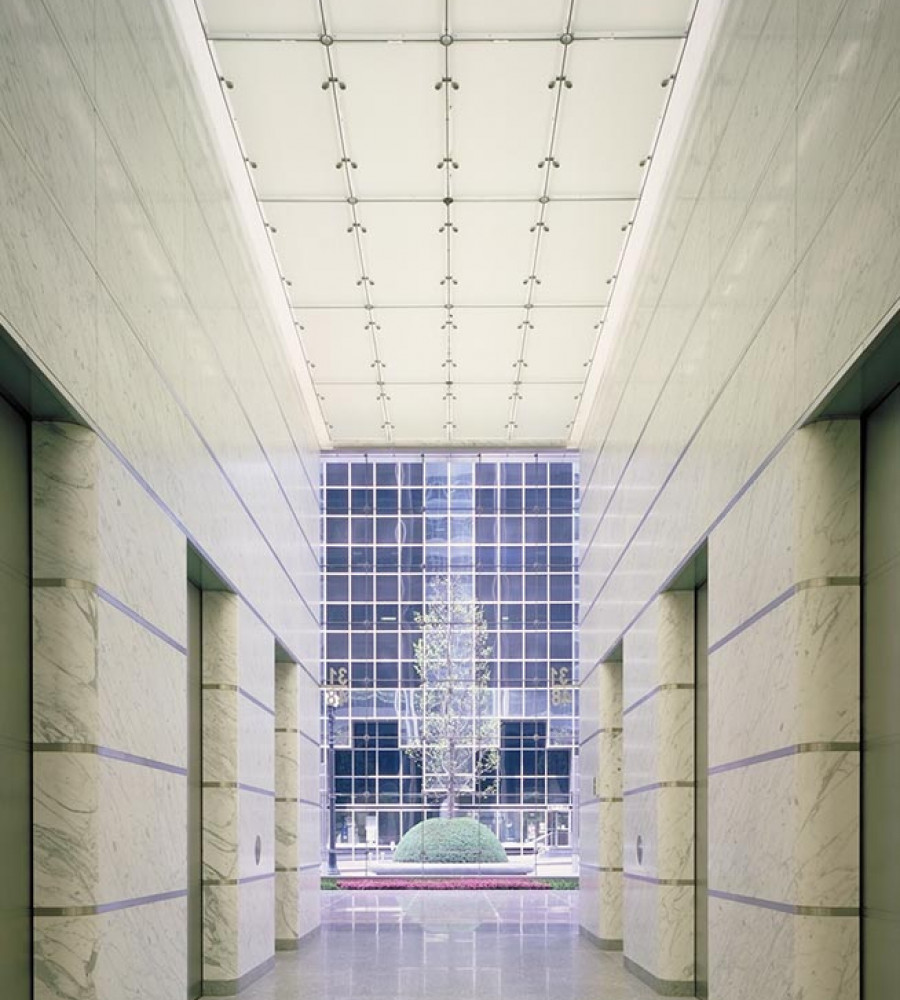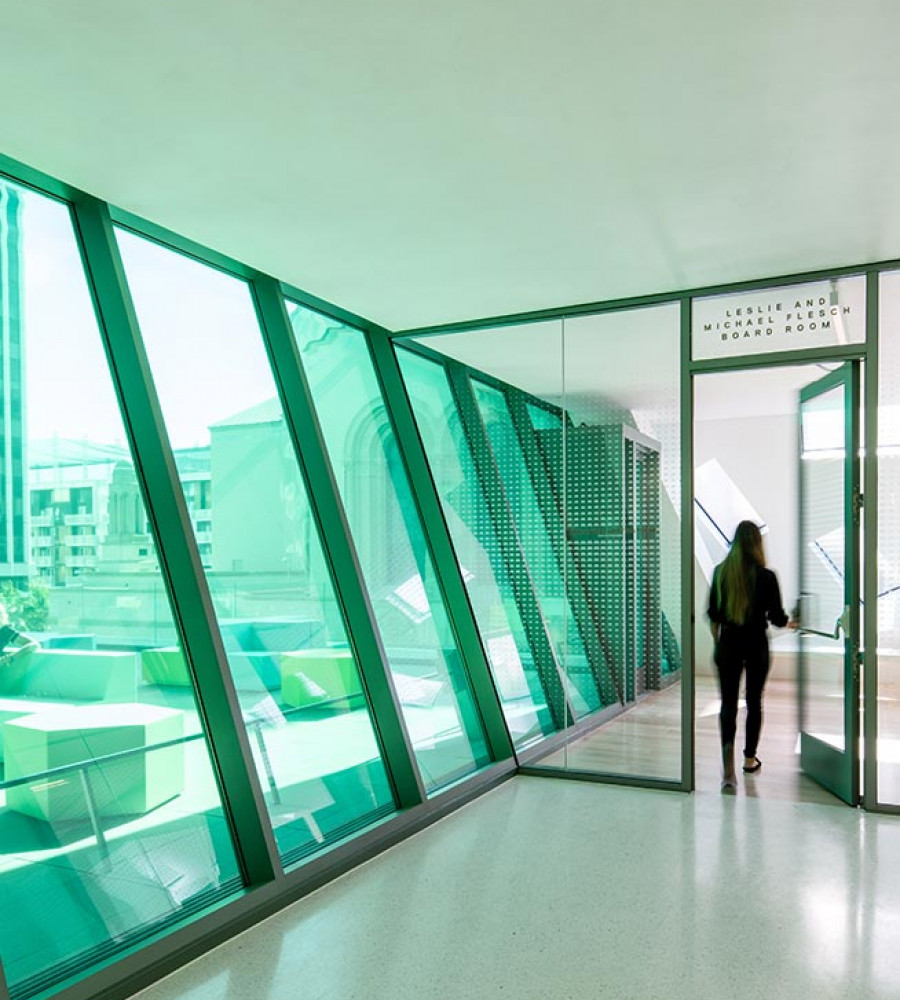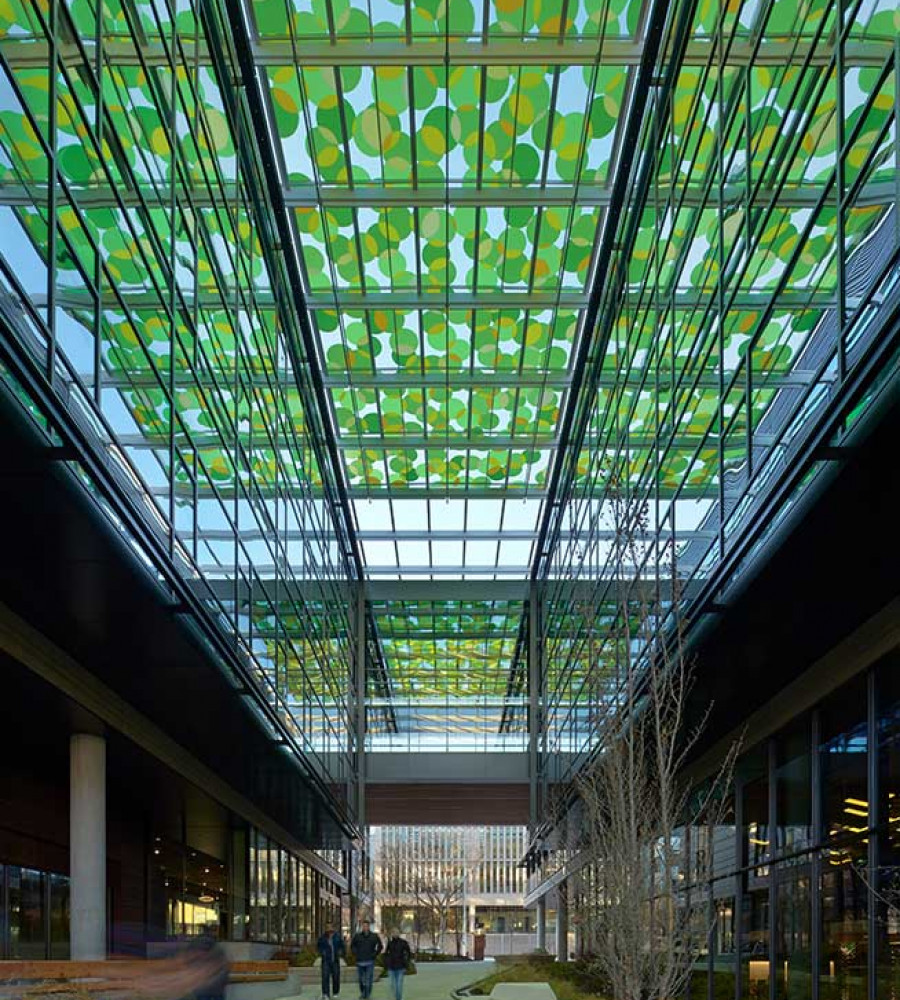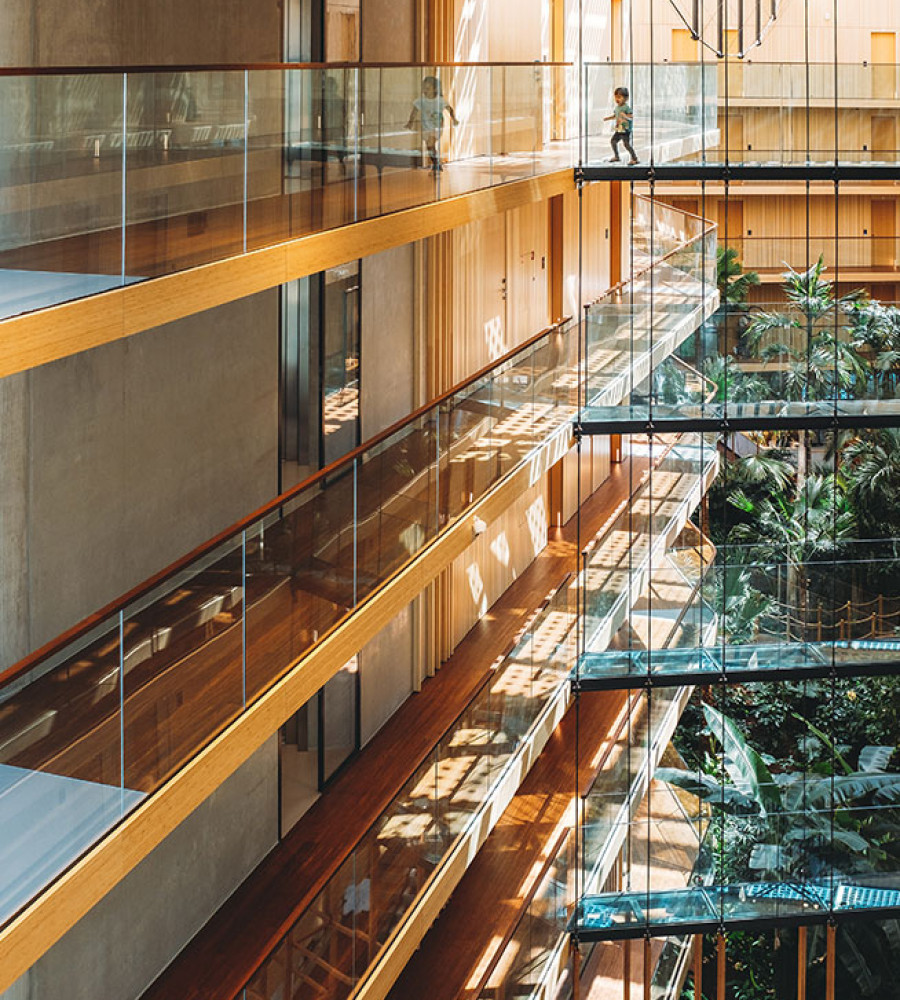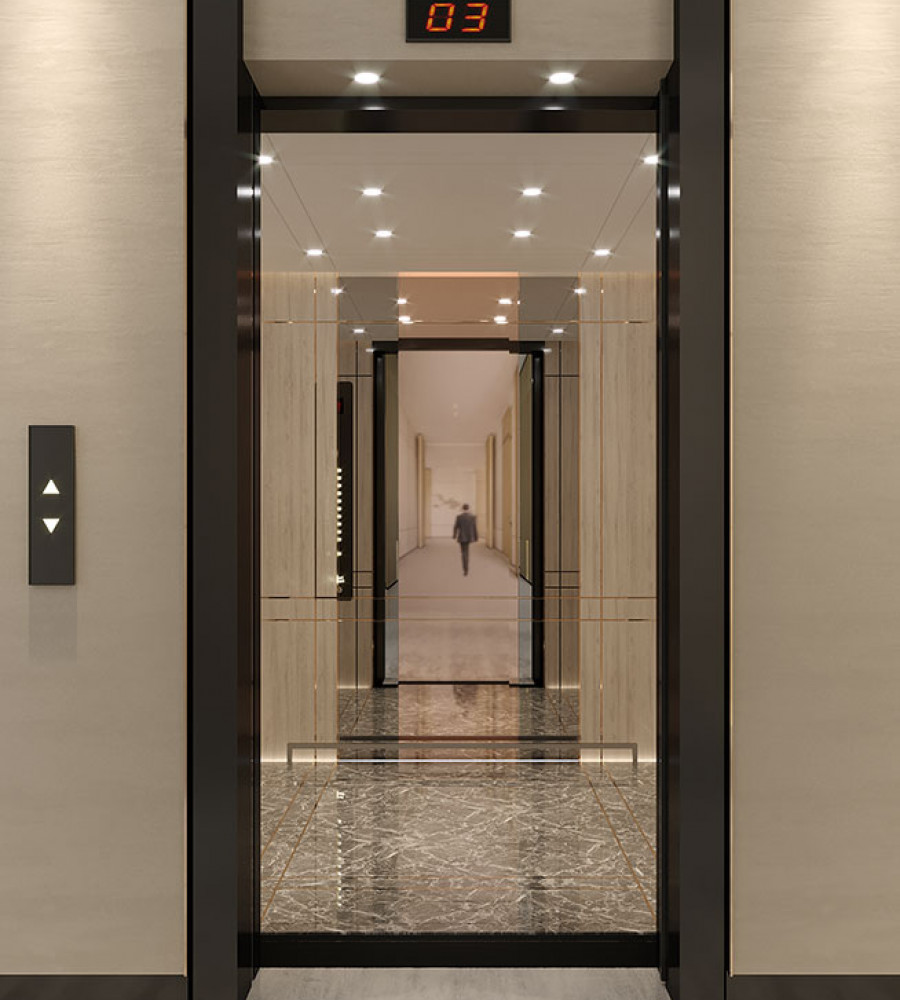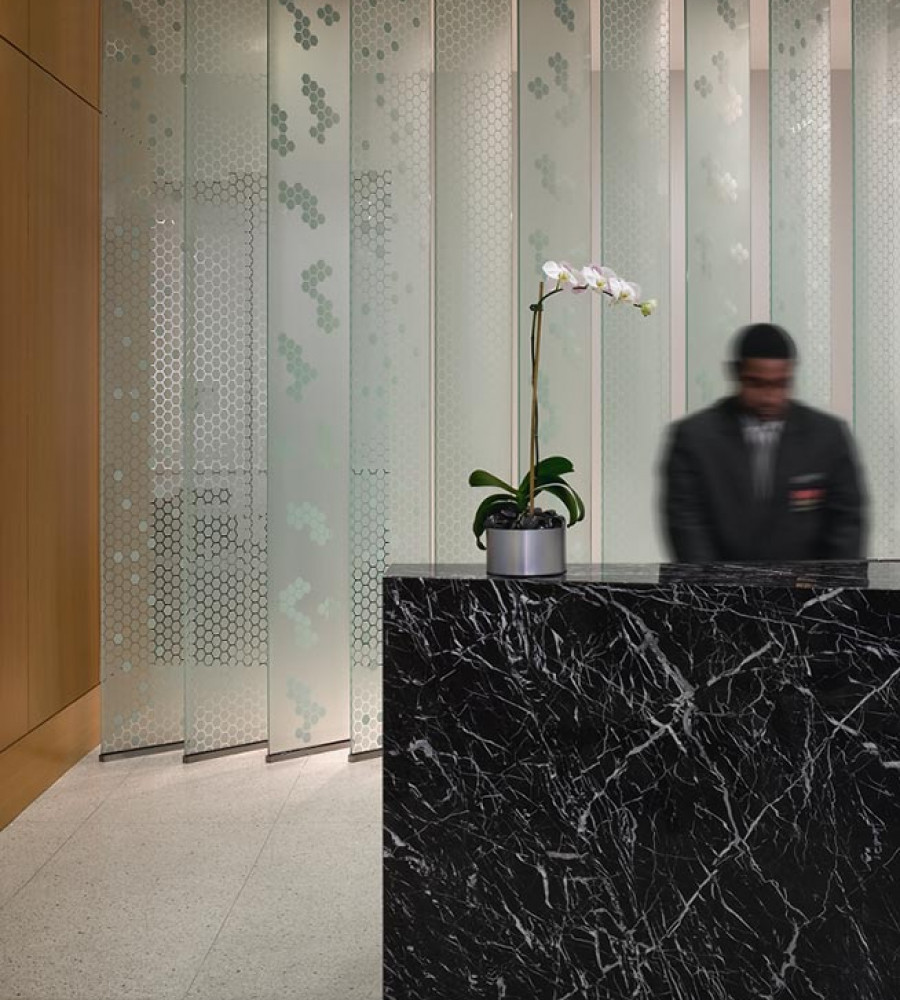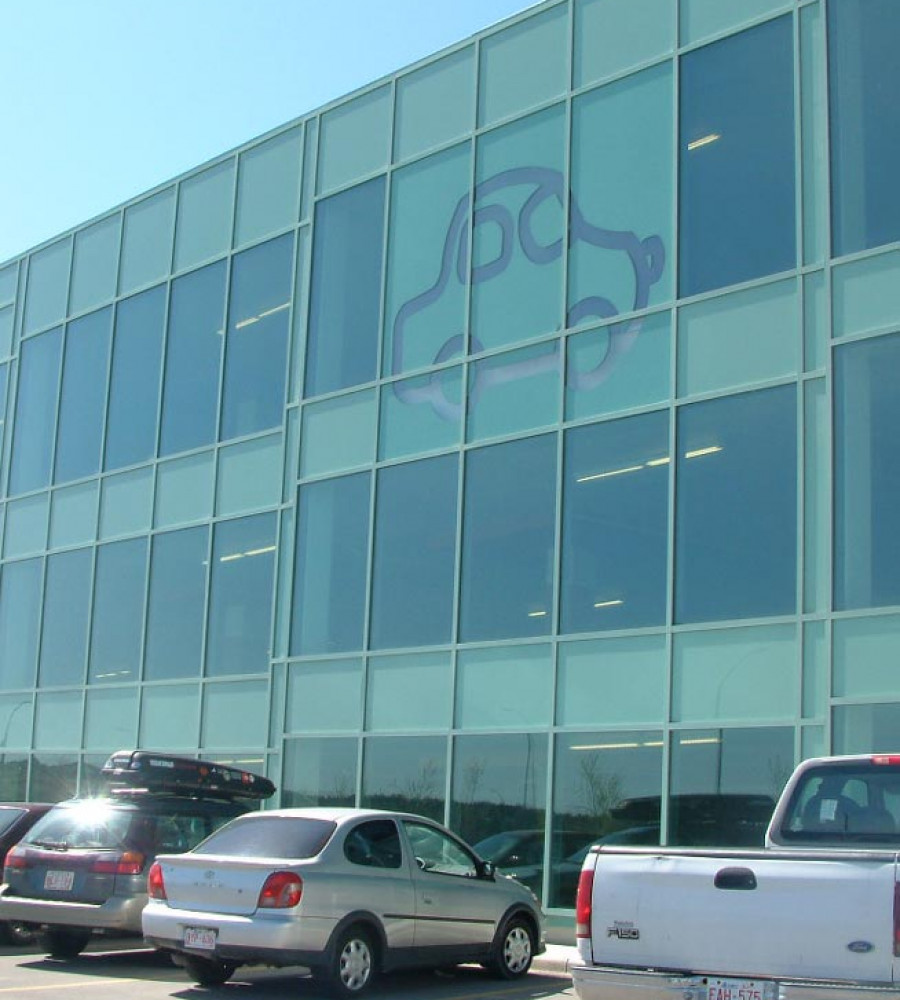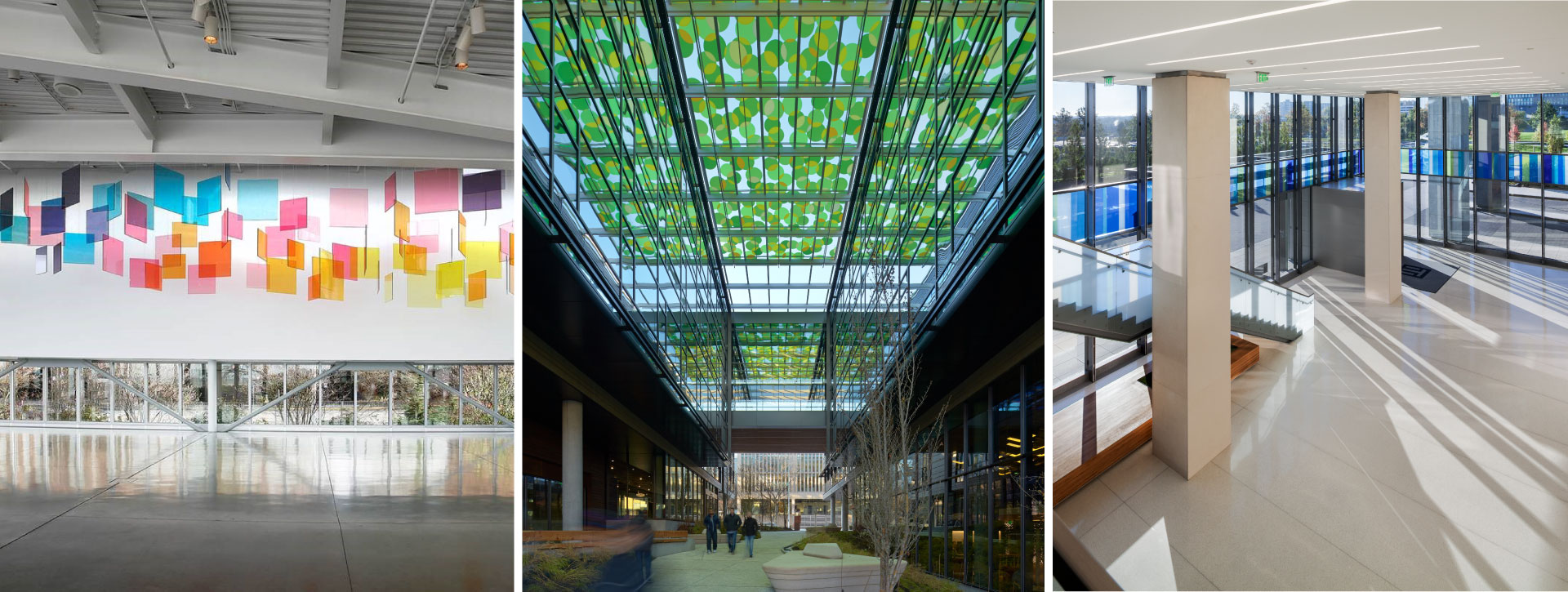Posted: 8 years ago
Office Design - Moving from Lean to Green
Sparse. Minimalist. Clean. These are some of the characteristics of a lean office. The philosophy behind having a lean office is that it’s believed that workers are more productive when there are clean surfaces with less clutter to obstruct workflow. However, as more studies emerge on the positive effects of green buildings and green decor on employee health and overall well-being, we are seeing a shift towards less “lean” and more “green” office design.
Why have a green office?
Green offices incorporate natural elements such as daylight and plants to reduce stress levels, which ultimately leads to happier and more productive employees. By adding just one plant to an employee’s workspace, it can increase productivity by 38% and decrease absenteeism by 50%
Plants purify the air of dust, bacteria and impurities released by furnishings, paint and plastic materials. This leads to improved air quality, which reduces symptoms such as dry skin, sore throats and headaches and has the added benefit of reducing air conditioning costs. A by-product of the photosynthesis process in plants is a reduction in carbon dioxide levels in the air, producing increased oxygen and leading to greater concentration levels.
Because of our evolutionary origins, humans innately seek connection with other forms of life from the natural world; this is known as biophilia. Gone are the days of concrete jungles and bare décor as architects and designers are embracing biophilic design in their projects. For example, having greenery in a space provides a sense of relaxation to clients and employees because plants enable us to perceive our surroundings better. The colors and shapes of plants can soften a space and boost creativity; according to optometrists the human eye is able to perceive over 2,000 shades of green, whereas we can only decipher 100 shades of red. A recent study shows that green is one of the most stimulating colors and facilitates higher creative performance.
Incorporating natural light in the office
Incorporating natural daylight exposure in an office not only aids the growth of greenery in a space, but also provides its own health benefits. Daylight is one of the main cues for our circadian rhythm, which controls our “internal clock” and dictates our sleep-wake cycles, body temperature and hormone balances. Disruptions in our circadian rhythm are linked to sleep disorders, obesity, depression, seasonal affective disorder (SAD) and other illnesses, which can lead to a severe drop in productivity. To help employees working in the interior of a building reap the same benefits as those working with windows, use glass partitions instead of drywall - this extends daylight further into the space. Concerned about privacy? Use switchable or patterned glass to create privacy without having to compromise on the amount of light a space receives.
Daylighting is more than adding windows or skylights to a building; without a strategic plan, sunlight can generate unwanted glare and unpredictable temperatures, which creates a difficult environment to work in. Architectural features such as the angles of roofs and the direction of windows in relation to the sun’s path can prevent these issues. Applying a low emissivity coating can also limit the thermal effects of infrared energy and stabilize the temperature inside an office. When natural light is harvested with the proper technique, businesses can reduce their electricity bills anywhere from 20 to 60 percent. Another benefit of using daylight as opposed to artificial light is that exposure to daylight keeps you alert during work hours and increases nighttime sleep quality by an additional 46 minutes each night on average.
Overall, employees who work in a green office environment report higher rates of job satisfaction and quality of life. The combined benefits of greenery and natural daylight in an office produces better results from employees in comparison to the bare-minimum office style that had been popular during previous recession periods. Creating a positive work environment not only makes for a more engaging company culture, but creates happier employees which increases the overall success of a business.


